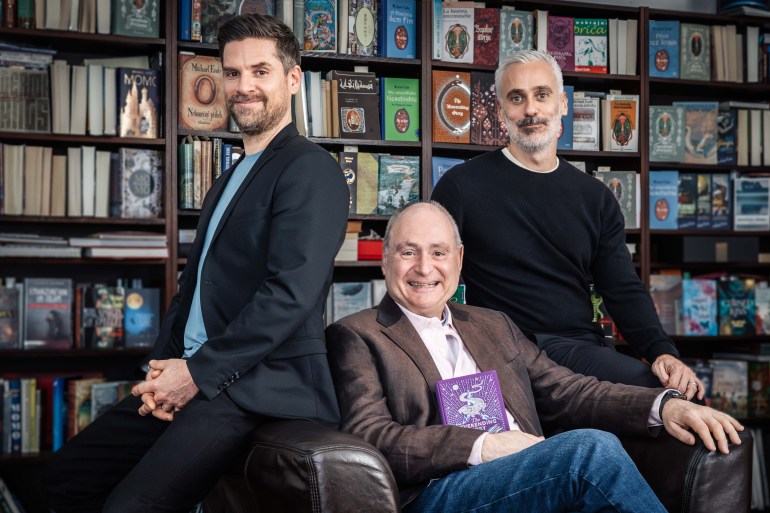The Neverending Story is set for a new beginning.
See-Saw Films has formed a partnership with Michael Ende Productions to develop and produce live action films adapted from Michael Ende’s iconic novel. The story was previously adapted for the big screen in 1984 and a less-popular sequel followed in 1990.
“Michael Ende’s The Neverending Story is a beloved book that has captured the imagination of generations of fans all over the world,” See-Saw Films’ Iain Canning and Emile Sherman said in a statement. “Bringing literary worlds to screen is part of See-Saw’s DNA, and we are passionate about cinematic storytelling and entertaining audiences. We have such love for the book and are honoured to be working with Michael Ende Productions on this collaboration to bring audiences back to Fantastica.”
The new partnership has been granted the rights to The Neverending Story by Ende’s executor, Dr. Wolf-Dieter von Gronau.
The Neverending Story, which has sold millions of copies around the world, follows a boy, Bastian, who finds a book about a young warrior, Atréju, who must stop a dark force from engulfing the wonderland world of Fantastica.
“Michael Ende’s The Neverending Story is more than just a story,” Michael Ende Productions’ Roman Hocke said in a statement. “It is the story of all stories, because it tells us, alongside the breath-taking journey of Atréju and Bastian in a fantasy world, the real reason why stories play such an important role in our lives that we want to internalise them in all shapes and forms throughout our lives. Without stories there would be no individuality, no personalities, no sense of meaning in the world. We want to transform this unique story into a great cinematic work of art for a wide audience. We feel lucky to have See-Saw Films by our side for this great task”
The producers are now looking for creatives to bring the novel to life.
The first cinema adaptation in 1984 led to a falling out between the filmmakers and author Michael Ende, who was unhappy about the on-screen result. However, the film was a box office success, unlike the sequel, which was directed by Australian George T. Miller.


